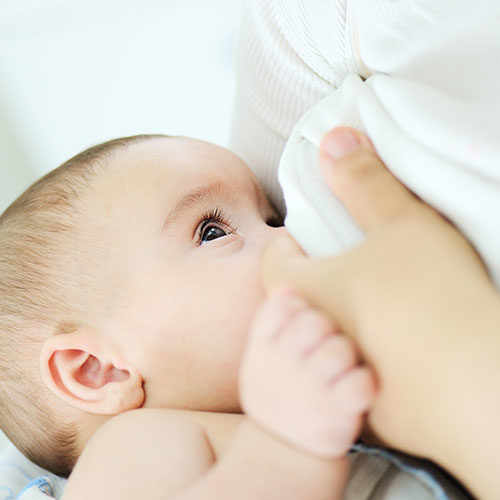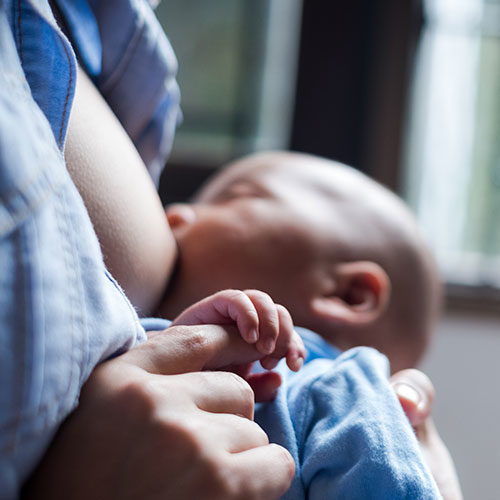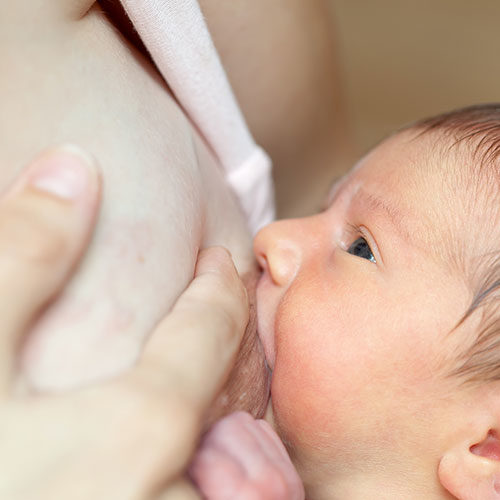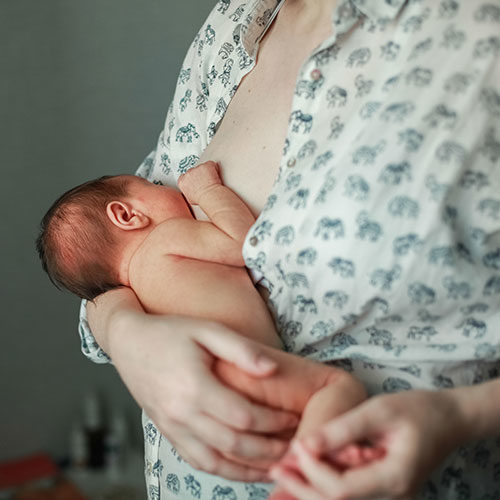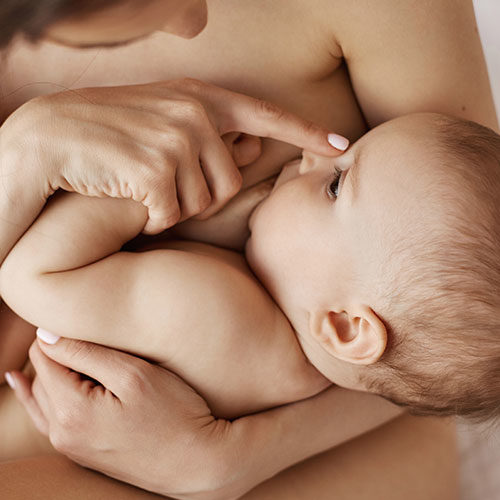How can I wean my baby off Nipple Shields? Are Nipple shields helpful?
- Baby is born prematurely
- Baby has difficulty latching
- Mother has sore nipples
- Mother has flat/inverted nipples
- Baby is taking bottles but not the breast
- If a wrong shield is used or if a shield is used incorrectly, it can certainly inhibit milk transfer.
- Even with the right kind of nipple shield, a healthy baby will not be able to yield as much milk as she would, from latching directly on to the breast. Nipple shields can potentially inhibit milk flow to some extent.
- Using a nipple shield results in insufficient stimulation of the nipple and areola. This can potentially lead to a decrease in supply.
- The mother has an abundant milk supply is put at an increased risk of developing plugged ducts, mastitis and even breast abscess as the nipple shield works as a poor latch.
- It can become a source of infection if not cleaned properly.
- Weaning a baby off the nipple shield can be difficult and challenging.
- Long term breastfeeding can suffer from a nipple shield.
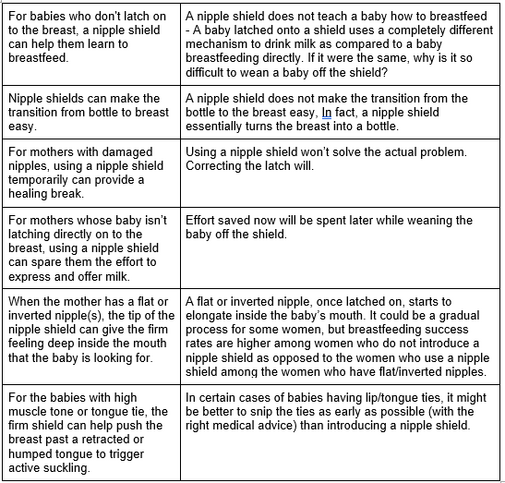
To Quote Dr. Jack Newman (MD, IBCLC), “There is nothing that can be done with a nipple shield that cannot be done better without one.”
Which Nipple Shield to use?
If a mother must use a nipple shield, silicone nipple shields are the best to use. Plastic shields, rubber shields and using a bottle nipple as a nipple shield are not recommended.
Precautions to take while using a Nipple Shield :
- Nipple shields should be cleaned after every use. It should be rinsed with cold water, then washed with soap and then rinsed with hot running water. It should be stored in a clean container.
- As mentioned earlier, nipple shields can potentially inhibit the milk flow to some extent. Thus, it is important to keep a check on the baby’s intake. This can be done by keeping a keen eye on the baby’s urine and stool output as well as weight gain.
- Another important thing to keep in mind is that nipple shields can stimulate the nipples and areola insufficiently, resulting in breasts not being completely drained. Even though there is conflicting advice regarding it, it might be a good idea to hand express or pump after nursing with a shield to drain the breast completely. This can help not only in maintaining the supply but also in preventing plugged ducts and mastitis.
How to wean a baby off the nipple shield?
A. Techniques to de-introduce the nipple shield
- When the baby is nursing with the shield, remove the shield halfway. Preferably during a letdown. A lot of babies continue nursing without much fuss.
- If the baby drinks from both the breasts during each feed, it could be a good idea to offer the first breast with the shield and then transition to the second breast without the shield.
- If the baby resists or fusses, put the shield on again. The logic is to keep breastfeeding a stress-free process. If a baby experiences too much pressure and stress, she might become more averse to breastfeeding.
- The taking away of the shield should be done gradually and patiently. It doesn’t have to be attempted at each nursing session. Once the baby starts fussing less and less at the removal of the shield, the frequency (of nursing sessions when the shield is removed midway) can be increased gradually and slowly.
Do a lot of skin to skin with the baby. This gets the baby’s instincts going. The baby might attempt latching onto the breast on her own.
B. Techniques to re-introduce the breast
- Apply ice on the nipple to harden it right before nursing. (careful not to overdo it, as it can numb the nipple and the stimulation gets affected)
- Express a few drops of breast milk onto the nipple before nursing the baby.
- Holding the breast like a sandwich when offering to the baby can be useful as it makes the nipple hard and firm and feels familiar to the baby.
- Offer the breast without the shield when the baby is very sleepy or just waking up from sleep. The chances of accepting the breast are more at these times.
- Find out the most comfortable nursing position for the baby. Baby might be more relaxed and accepting of the breast in that position.
Usually, a mix and match of all the above techniques depending on what works for the mother and the baby, the baby can gradually be weaned off the nipple shield. A lactation professional could be consulted if needed.
What not to do?
- Do not let the baby get frustrated at the breast.
- Do not get disheartened if the baby repeatedly rejects the breast and cries for the shield. It is a slow process. Be patient.
- Do not cut the shield to reduce its length until it is gone. This technique is not recommended as the sharp edges of the nipple shield can cause an injury to the baby.
References:
https://www.yumpu.com/en/document/read/43802487/new-insights-on-nipple-shields-la-leche-league-international
https://kellymom.com/ages/newborn/nb-challenges/wean-shield/
https://www.breastfeeding.asn.au/bfinfo/nipple-shields
https://ibconline.ca/nipple-shields/
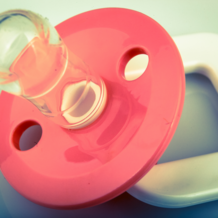
Wish to speak with a member of our team who is a certified lactation professional and also an experienced breastfeeding mother, click on this link.
Medical Advice Disclaimer
THIS WEBSITE DOES NOT PROVIDE MEDICAL ADVICE.
The information, including but not limited to, text, graphics, images and other material contained on this website are for informational purposes only. No material on this site is intended to be a substitute for professional medical advice, diagnosis or treatment. Always seek the advice of your physician or other qualified health care provider with any questions you may have regarding a medical condition or treatment before undertaking a new health care regimen, and never disregard professional medical advice or delay in seeking it because of something you have read on this website.
Disclaimer
We understand and acknowledge that parents and babies can be of various genders on a spectrum of LGBTQI+. Families come in diverse flavours. However, in our articles, for the sake of simplicity and convenience, we will be referring to the breastfeeding parent as the mother and using the female pronouns- ‘she’ and ‘her’ for babies. Babies can be nourished and nurtured in different ways and while we have used the terms breastfeeding and nursing, we recognize that parents can opt to chest feed or finger feed.
We don’t have conflicts of interest and declare, and we are compliant with the WHO code of marketing of breastmilk substitutes and the IMS act.
In case you find any information on this website that needs to be updated, please write to us at info@bsim.org.in

